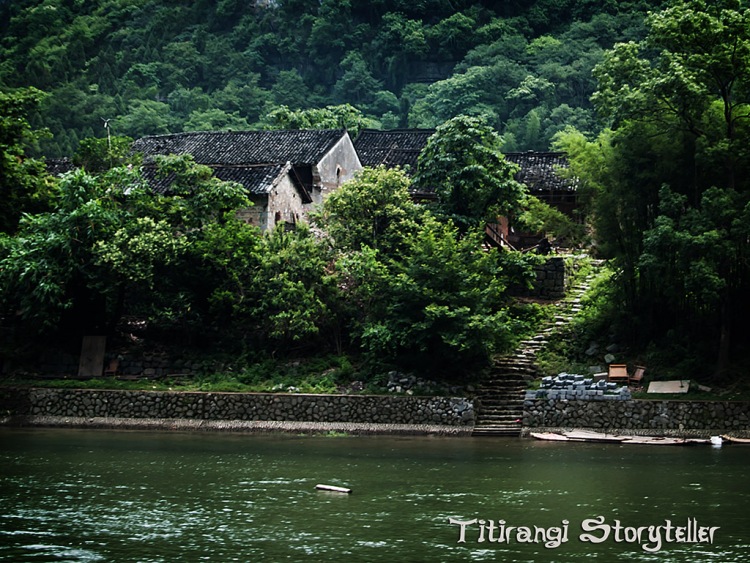I’ve been using Lightroom to process my Raw files these days. Put off taking that on for a good long while – and like all things one should be doing, but isn’t, for watever reason – when you finally do it, you can’t quite remember why you resisted. I am very happy with how my images have been turning out lately. But… what about those old images – the ones I saved the raw files from in the hope that ‘one day’ I would be able to make them look the way they should – if only I had known what I was doing behind the camera. This was washed out and dirty looking – the sort of holiday photos that make your eyes glaze over should someone pull them out and force you to look at them. I rather like it now.
And I would sure love to revisit China… This was taken on a day cruise on the Li River, ending up in Yangshuo. It was near the end of the month-long trip and we were very tired… it was nice to sit and watch the world go by… and what a world…

Explain what a raw file is (as opposed to jpeg or tiff, I think?), please.
This is so verdant.
LikeLike
Verdant – yes, it was. And probably still is…
As for RAW files – they are what more sophisticated cameras create when you click the shutter – called raw because it is raw data, 0’s and 1’s. No sharpening, contrasting, toning, adjustments of any kind. To view the file, it must be converted to a jpeg or tiff. Essentially, it gives you more control over how your images turn out.
I think all cameras will also shoot in jpeg – but the data is processed in the camera before you see it – sharpening, contrast, white balance. If your camera is set to one of the automatic modes, it will produce images according to that tweaking algorithm. If it’s a DSLR set to manual, you have more control, but you are limited by the smaller size and less data/information contained in the original file.
Most people, including some professional photographers I know, don’t bother with RAW. It’s an extra step. Me, I like the subtlety working with RAW data offers, especially since I have a tendency to use strictly natural light when shooting. It’s less about ‘fixing’ an image than bringing out what you want from it.
Not sure if that helps, or not. And it’s not just DSLRs that shoot in RAW. Higher end point and shoots from Canon, Nikon, Olympus and a few others have a RAW option as well.
LikeLike